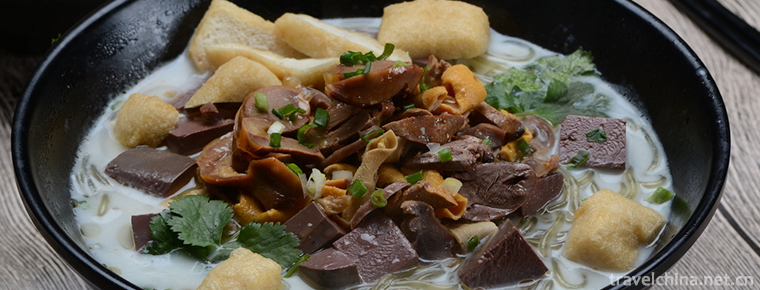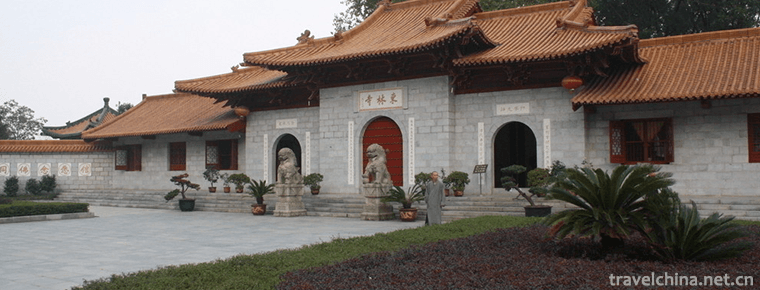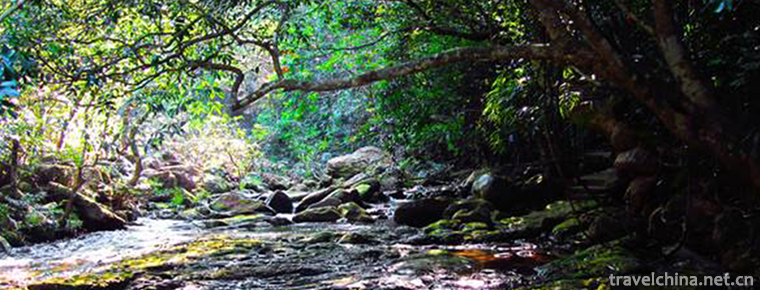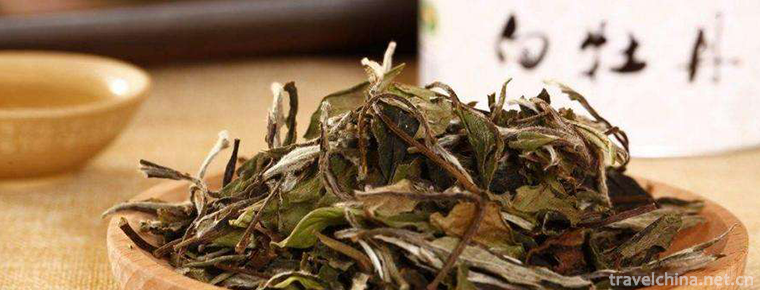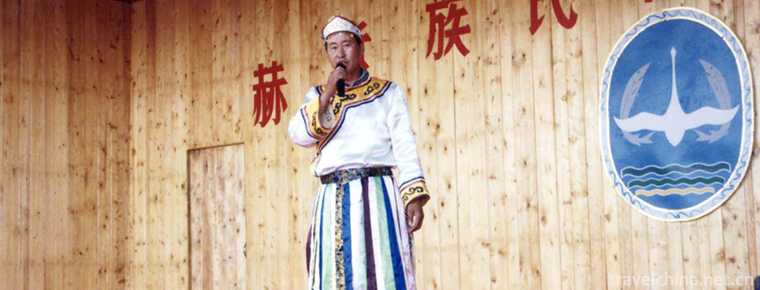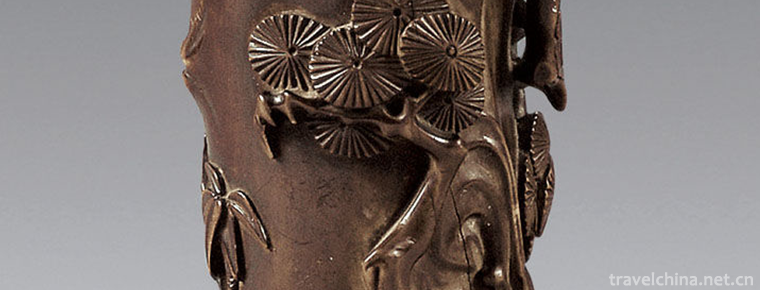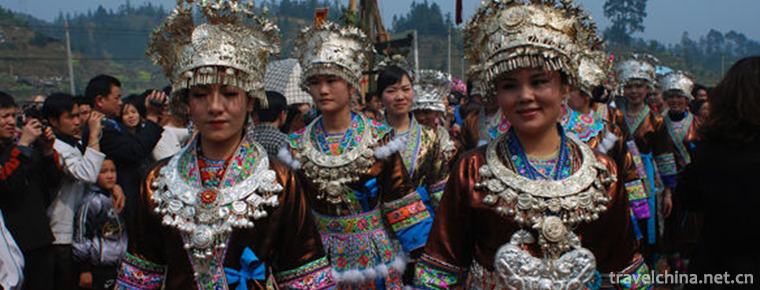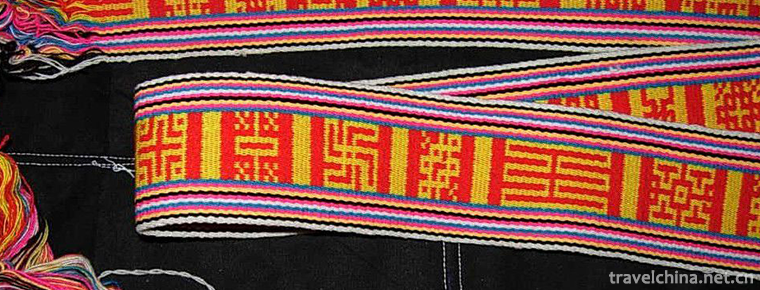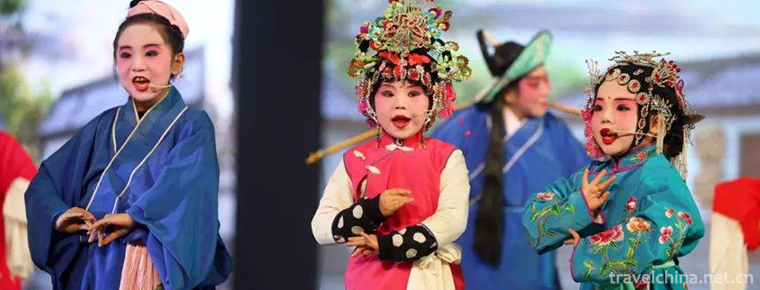Qingjiang Gallery Scenic Area
Qingjiang Gallery Scenic Area, National AAAAA Class Tourist Area, National Geopark, National Forest Park, Ten New Brands of National Cultural Tourism, Ten Best Scenic Areas in Hubei Province, and Hubei Provincial Ecotourism Demonstration Area.
The Qingjiang Gallery Scenic Area is located in Longzhou Ping Town, Changyang County, Yichang City, Hubei Province. The Qingjiang River is the mother river of Tujia people. It sprinkles 800 Li like a blue drifting belt across the mountain and across the gorge. It traverses more than 10 counties and cities in southwestern Hubei. It forms a wonderful natural landscape of 386,000 mu of Yijiang Lake in the Qingjiang River Basin. Unique karst landform, peaks, straight into the sky, hundreds of emerald-like islands scattered in the lake, brilliant green beads.
Qingjiang Gallery Scenic Spots, such as Daijiang Smoke Popular, High Gorges Green Forest Trail Secret, known as the Qingjiang River Three Gorges of the Yangtze River, Guilin Lijiang River of the Qing Dynasty, Hangzhou West Lake of the beautiful scenery, unparalleled. Mountains, waters, people and nationalities of the Qingjiang River merge into a vast and profound culture, such as poetry, painting, dream and song. In the meantime,
Swimming in Qingjiang
Cultural condensation
Wedding celebrations with weeping and sacrificing the dead with singing and dancing.
Beautiful scenery
The Qingjiang River originated from the mountain cave springs in Western Hubei, and is composed of more than 2,000 Cexi cave springs. The lake is as blue as jasper, the mountains are fluctuating and changeable, and there are many strange peaks, cliffs are hanging, rocks are everywhere, waterfalls are all over the mountains, islands are floating, and the water color and sky are shining. Sooner or later, the river fog rises, such as Penglai fairyland; the four seasons, wildflowers and red leaves embellishment, such as Tiannuhua skirt. Qingjiang Grand Buddha, 280 meters high, is the world's largest natural Buddha, the Three Gorges of the Qingjiang River, jumping kilometers, is China's most beautiful cliff canyon. Under the immortal village, the mountains are like water absorbed by many images; in the reflection gorge, the peaks are like Buddhist sutras, and the bells are like water mist under the mountains.
Tourism mode
You can organize group tours, self-driving tours, along-line tours, or you can choose scenic tours (line A and line B), you can visit sightseeing, you can also stay quiet for a long time. Scenic area tour is divided into line A and line B (see the top left of the home page for details). At present, the main tourist attractions in the scenic spot are Reflecting Gorge, Xianrenzhai and Zhonglishan in Wuluo (see the brief introduction of Qingjiang Gallery scenic spot for details). Tourist sequence: Changyang County Town - Tourist Reception Center - Entrance of Scenic Area Gateway - Wind and Rain Corridor - Time Tunnel - Drum Hall - Tujia Style Street - Tourist Wharf - Shipping to Reflecting Gorge - Back to Xianrenzhai - Back to the core scenic spot Wuluo Zhongli Mountain - Back to Tourist Wharf. Qingjiang Gallery is currently a one-day tour, the whole process takes about four to five hours.












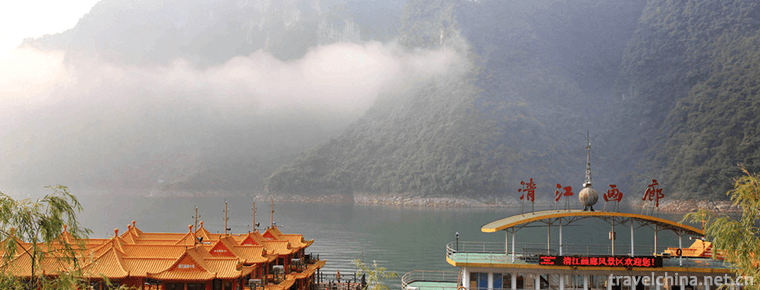
-
Duck blood soup with vermicelli
Duck blood vermicelli soup is a famous specialty in Nanjing, belonging to Jinling food....
Views: 218 Time 2018-10-26 -
Donglin Temple
Donglin Temple, located at the foot of Lushan Mountain, Jiujiang City, Jiangxi Province, is 16 kilometers north of Jiujiang City and 50 kilometers east of Lushan Luling Street. Because it is east of X.
Views: 124 Time 2018-12-20 -
Eight Zhai ditch
Bazhaigou, located in Dongli Village, Guitai Town, the hinterland of 100,000 mountains, more than 50 kilometers northwest of Qinbei District, Qinzhou, Guangxi Zhuang Autonomous Region.
Views: 99 Time 2018-12-24 -
White Tea Making Skills Fuding White Tea Making Skills
The production technology of Fuding White Tea is the central process of creating Fuding White Tea. It has superb production method and unique scientific and artistic charm.
Views: 273 Time 2019-04-03 -
Imakan of Hezhe Nationality
Imakan is a unique rap art of the Hezhe people in Northeast China. Its performance form is a combination of one person's rap and singing. It has no accompaniment with musical instruments and uses the .
Views: 192 Time 2019-05-03 -
Yueqing Poplar Wood Carving
Yueqing boxwood carving, a kind of ornamental round carving art with boxwood as its material, is mainly popular in Houhengcun, Wengyuan Street and Lecheng Street of Liushi Town in Yueqing City,.
Views: 103 Time 2019-05-11 -
Li nationality firewood dance
The firewood dance is one of the representative folk dances of the Li nationality. It is called "Turn Brake" and "Taisha" in the Li dialect. It originated from the funeral custom o.
Views: 214 Time 2019-05-12 -
Miao Series Slope Cluster
Miao Series Slope Club refers to the festival activities of villages and villages in Rongshui County, Guangxi Zhuang Autonomous Region during the period from the third to seventeenth day of the first .
Views: 149 Time 2019-06-05 -
Qiang embroidery
Qiang embroidery evolved and developed on the basis of inheriting the ancient Qiang people's embroidery. Mainly distributed in Wenchuan County, two towns and four townships (Mianfu Town, Weizhou .
Views: 107 Time 2019-06-10 -
Xinjiang Opera
Xinjiang Opera, commonly known as "Xinjiang Xiaoqu", is a kind of local opera with unique style, which has been gradually formed and perfected after Shaanxi Opera, Qinghai Pingxian Opera, La.
Views: 80 Time 2019-07-06 -
Mounting and repairing techniques
The mounting and repairing technique of ancient Chinese characters and paintings is a kind of traditional Chinese handicraft. It is used for restoration and restoration of ancient calligraphy and pain.
Views: 359 Time 2019-08-10 -
Yibin white tower
Baita (also known as Dongyan pagoda) is located in Baita Mountain Scenic Area of Yibin Lingang Economic and Technological Development Zone. It was built in 1569, the third year of emperor muzong's reign in the Ming Dynasty..
Views: 111 Time 2020-10-16
